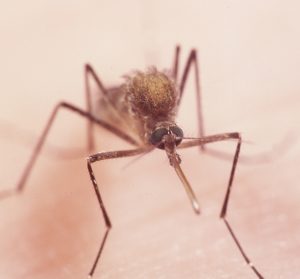As the world is still reeling under the novel coronavirus pandemic, the USA’s Centers for Disease Control and Prevention (CDC) has warned that another deadly contagion, the Chapare virus can be transmitted among people.
The virus causes haemorrhagic fever like the one caused by Ebola. In an outbreak last year, five persons were infected out of whom two died. However, according to experts, the Chapare virus cannot lead to a pandemic, The Science Times reported.
Also read: ‘How the deadly Nipah virus jumps from bats to humans found’
Here is everything you need to know about the virus:
Origin
The virus was first discovered in 2004 in the Bolivian province of Chapare, hence its name. It disappeared that very year, but resurfaced last year, infecting five people
Symptoms
The virus causes fever, abdominal pain, vomiting, bleeding gums, skin rash and pain.
Transmission
According to the CDC, the virus spreads from person-to-person through contact with the infected person’s bodily fluids. This includes contact during procedures in healthcare settings, such as chest compressions, CPR and intubation, that can aerosolize (spray particles of) the infected person’s body fluids.
2019 outbreak
Last year, five persons in Bolivia were found infected with the virus, Guardian reported. Three of them were healthcare workers. Two out of those five later died.
The first sign of the virus was found in the sample of bodily fluids, which the doctors initially thought was dengue, The Science Times reported. However, tests for the disease turned out to be negative.
Doctors also conducted tests for haemorrhagic virus-yellow fever and Machupo, both of which came out to be negative.
The CDC’s collaboration with the Pan-American Health Organization (PAHO) established that the virus was Chapare. CDC has also developed an RT-PCR test to detect the virus.
After the last year’s outbreak, it was established that the Chapare virus is capable of human-to-human transmission. The virus stays in the patient’s semen for a duration of 24 weeks or 168 days after getting infected.
Also read: Canada reports first case of rare H1N2 virus
The virus was found in rodents around the home of the first infected person. However, the rodent reservoir of the Chapare virus is unknown, the CDC says.






